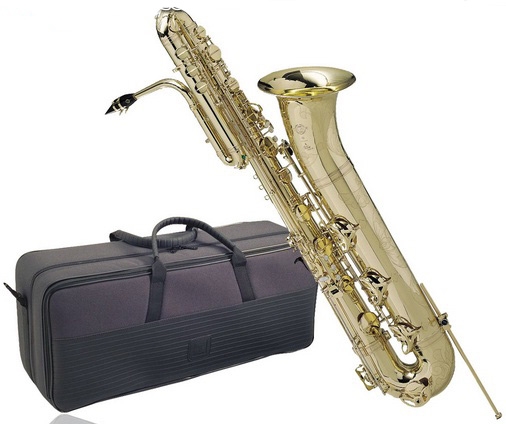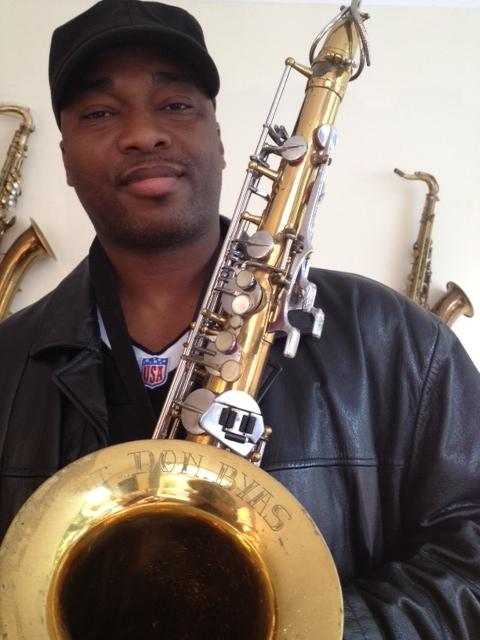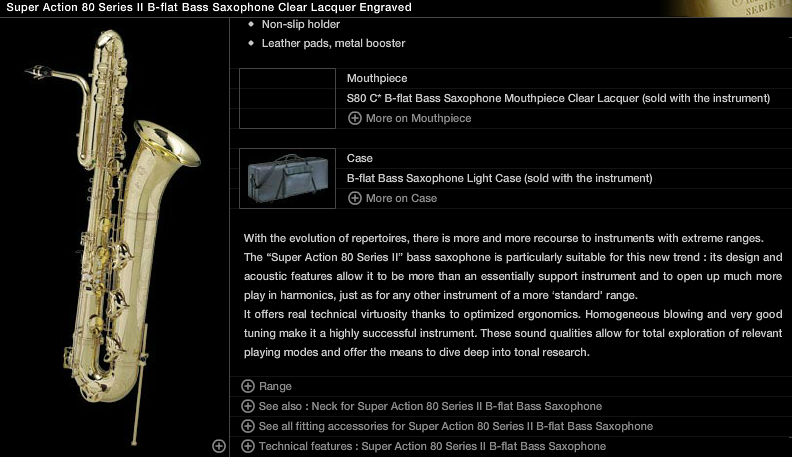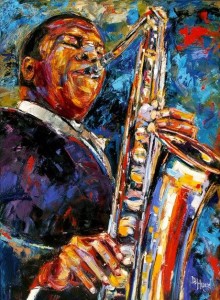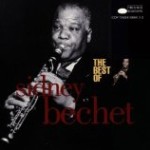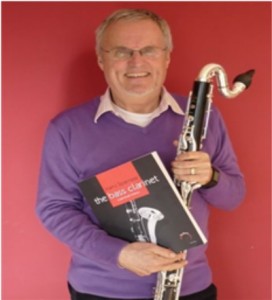The Bass Saxophone

Bass Saxophone is larger than its more common brother baritone saxophone. It was the first type of saxophone presented to the public, when Adolphe Sax presented a bass saxophone in C at an exhibition in Brussels in 1841. The modern bass saxophone is a transposing instrument pitched in B♭, an octave below the tenor saxophone. The bass saxophone is not commonly used in any music, but it is heard on some 1920s jazz recordings; in jazz; and in the saxophone choir or “large ensemble” tradition.
The instrument was first used in 1844, both by Hector Berlioz in an arrangement of his Chant sacred, and by Georges Kastner in his opera Le Dernier Roi de Judas. In the 1950s and 1960s it enjoyed a brief vogue in orchestrations for musical theater: Leonard Bernstein’s original score for West Side Story includes bass saxophone, as does Meredith Willson’s Music Man and Sandy Wilson’s The Boy Friend. American composer Warren Benson has championed the use of the instrument in his music for concert band.
Although bass saxophones in C were made for orchestral use, modern instruments are in B♭. This puts them a perfect fourth lower than the baritone sax and an octave lower than the tenor sax. The range is similar to that of the B♭contra bass clarinet. Music is written in treble clef, just as for the other saxophones, with the pitches sounding two octaves and a major second lower than written. As with most other members of the saxophone family, the lowest written note is the B♭ below the staff sounding as a concert A♭ in the first octave (~ 51.9 Hz).
Until the start of the 21st century, the largest existing member of the saxophone family was the rare contra bass, pitched in E♭, a perfect fifth lower than the bass. Inventor Adolphe Sax had a patent for a subcontrabass saxophone (or bourdon saxophone), but apparently never built a fully functioning instrument. In 1999, German wind instrument maker Benedikt Eppelsheim introduced the subcontrabass tubax, a modified saxophone pitched in B♭ an octave below the bass saxophone.
In Jazz Music
The bass saxophone enjoyed some measure of popularity in jazz combos and dance bands between World War I and World War II, primarily providing bass lines, although players occasionally took melodic solos. Notable players of this era include Billy Fowler, Coleman Hawkins, Otto Hardwicke (of the Duke Ellington orchestra), Adrian Rollini, Min Leibrook, Spencer Clark, and Vern Brown of the Six Brown Brothers. The bass sax become more scarce in standard jazz band instrumentation during the mid to late 1920s. Sheet music of the period shows many bands photographed with a bass sax in their collection of instruments. It was sometimes played by the tuba or string bass player rather a member of the sax section.
American bandleader Boyd Raeburn (1913–1966), who led an avant-garde big band in the 1940s, was a sometime bass saxophonist. In Britain, the leader of the Oscar Rabin Band also played it. Harry Gold, a member of Rabin’s band, played bass saxophone in his own band, Pieces of Eight. American bandleader Stan Kenton’s “Mellophonium Orchestra” (1960–1963) featured fourteen brass players and used a saxophone section of one alto, two tenors, baritone, and bass on Johnny Richards’ compositions. Joel Kaye played baritone and bass saxophone in that band. The ensemble recorded several successful albums, winning two Grammys. The Lawrence Welk Band featured Bill Page soloing on bass sax on several broadcasts during the 1960s. Shorty Rogers’s Swingin’ Nutcracker (recorded for RCA Victor in 1960) featured a bass saxophone on four of the movements (played by Bill Hood).
The 1970s traditional jazz band The Memphis Nighthawks built their sound around diminutive bass saxophonist Dave Feinman. Some revivalist bass saxophonists performing today in the 1920s-1930s style are Vince Giordano and Bert Brandsma, leader of the Dixieland Crackerjacks. Jazz players using the instrument in a more contemporary style include Roscoe Mitchell, Anthony Braxton, Peter Brötzmann, J. D. Parran, Hamiet Bluiett, James Carter, Stefan Zeniuk, Michael Marcus (musician) Vinny Golia, Joseph Jarman, Brian Landrus, Urs Leimgruber, Tony Bevan, and Scott Robinson, although none of these uses it as his primary instrument.
The Bass Saxophone
Related Posts
Tags: Bass Saxophone, Benedikt Epplesheim, Henri Selmer Paris, Saxophone




